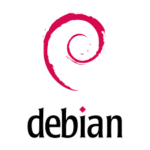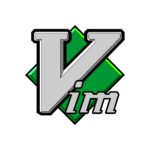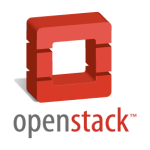
Debian is a powerful, multipurpose, and super stable Linux distro, however, in my humble opinion, its installation wizard was never a strong point of this Linux distribution, making it pretty difficult to install for beginners. While the standard setup with just a single disk is still relatively digestible for most users, the more sophisticated setup involving RAID with LVM might be pretty hard and arduous. The purpose of this tutorial is to help you go through the whole installation procedure smoothly and painlessly.
In this tutorial, I present Debian 11 (Bullseye) installation based on MD-RAID, configured in Mirroring mode, with an additional Hot Spare drive and LVM partitioning on top of it.
Read More




